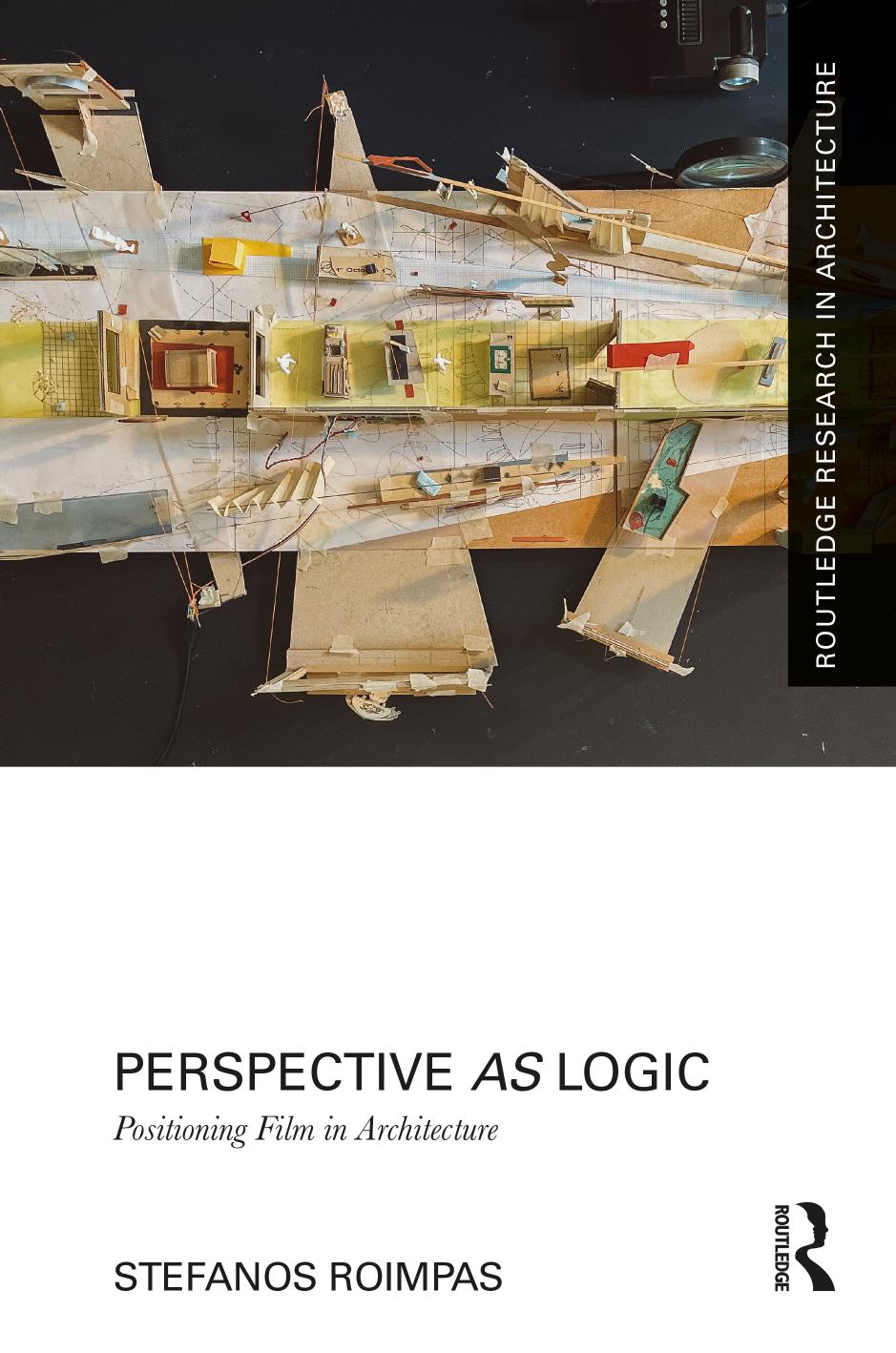

Most ebook files are in PDF format, so you can easily read them using various software such as Foxit Reader or directly on the Google Chrome browser.
Some ebook files are released by publishers in other formats such as .awz, .mobi, .epub, .fb2, etc. You may need to install specific software to read these formats on mobile/PC, such as Calibre.
Please read the tutorial at this link: https://ebookbell.com/faq
We offer FREE conversion to the popular formats you request; however, this may take some time. Therefore, right after payment, please email us, and we will try to provide the service as quickly as possible.
For some exceptional file formats or broken links (if any), please refrain from opening any disputes. Instead, email us first, and we will try to assist within a maximum of 6 hours.
EbookBell Team

4.4
22 reviewsThe book begins by positing perspective projection as being a logical mapping of space instead of a matter of sight (Alberti & Lacan). Secondly, it discusses the very nature of architecture’s view and relation to the topological notion of outside between immediacy and mediation (Diller and Scofidio, The Slow House). It examines the limitation of pictorial illusion and the productive negativity in the suspension of architecture’s signified equivalent to language’s production of undecidable propositions (Eisenman & Badiou). In addition, the book outlines the difference between the point of view and the vanishing point by introducing two different conceptions of infinity (Michael Webb, Temple Island). Finally, a series of design experiments playfully shows how the screen exemplifies architecture’s self-reflexive capacity where material and immaterial components are part of the spatial conception to which they refer and produce.